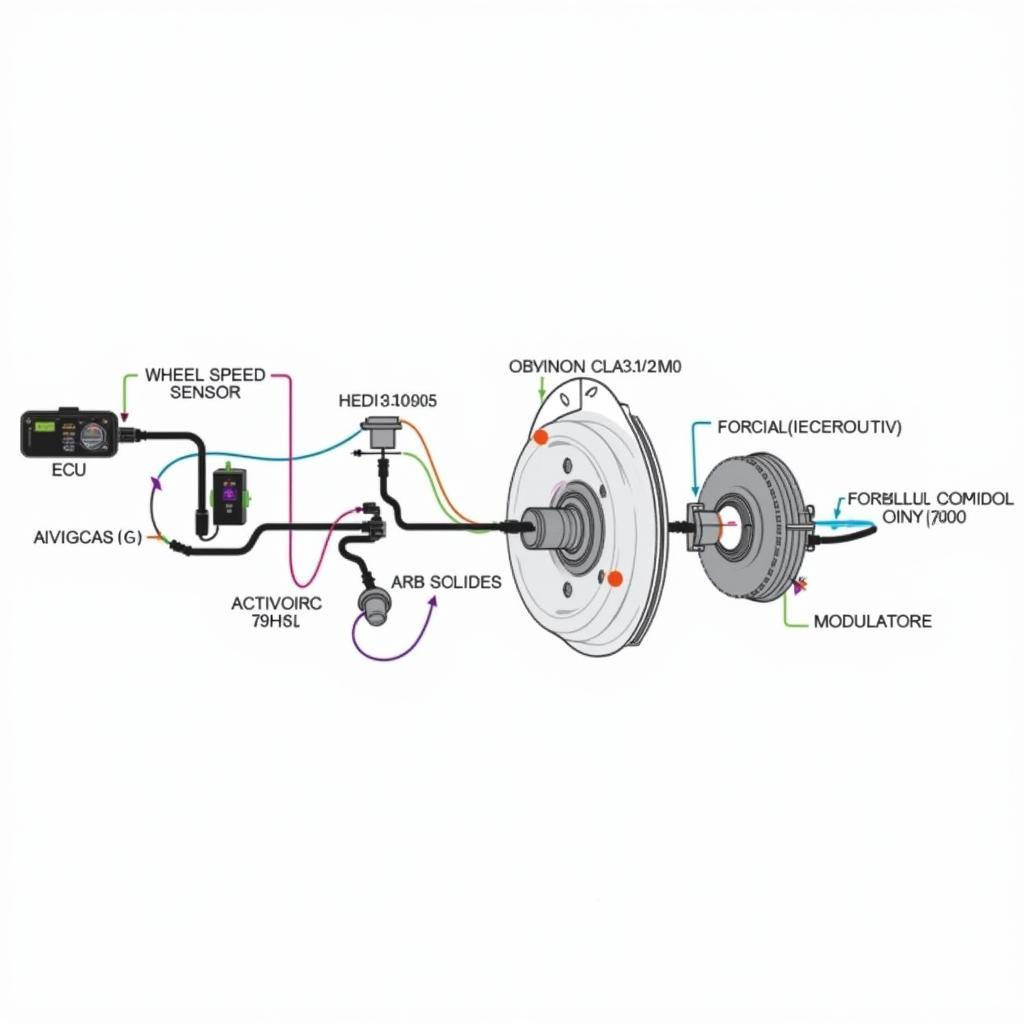ASEAN integration aims to create a single market and production base, fostering economic growth, social progress, and cultural development within Southeast Asia. This integration, guided by specific aims and objectives, is crucial for the region’s stability and prosperity in the globalized world.
The primary goal of ASEAN integration is to accelerate economic growth and narrow the development gap among member states. This involves promoting free flow of goods, services, investments, and skilled labor, as well as enhancing cooperation in various sectors. Further aims include strengthening regional peace and security, promoting good governance and the rule of law, and fostering a people-centered ASEAN community. The overall objective is to build a resilient, dynamic, and inclusive ASEAN Community that can effectively address regional and global challenges.
Understanding the Key Aims of ASEAN Integration
The core aims of ASEAN integration revolve around creating a unified, prosperous, and secure Southeast Asia. This involves several key components:
- Economic Integration: Establishing a single market and production base allows for the free flow of goods, services, investment, and skilled labor across borders. This creates a larger, more competitive market, attracting foreign investment and boosting regional trade.
- Political-Security Cooperation: ASEAN strives to maintain regional peace and stability through dialogue, cooperation, and peaceful conflict resolution mechanisms. This is essential for attracting investment and fostering economic growth.
- Socio-Cultural Community: Promoting social development, cultural exchange, and people-to-people connectivity strengthens regional identity and fosters a sense of belonging among ASEAN citizens.
- Enhanced Connectivity: Improving physical, institutional, and people-to-people connectivity facilitates trade, tourism, and cultural exchange, contributing to closer regional integration.
 Visual representation of ASEAN economic integration
Visual representation of ASEAN economic integration
Key Objectives of ASEAN Integration: A Deep Dive
ASEAN has set clear objectives to achieve its integration aims. These objectives provide a roadmap for member states to work towards collectively.
- Lowering Trade Barriers: Reducing tariffs and non-tariff barriers simplifies cross-border trade, making it easier for businesses to operate within the region.
- Harmonizing Standards: Adopting common standards for products and services ensures quality, safety, and interoperability, facilitating trade and investment.
- Facilitating Investment: Creating a favorable investment climate and streamlining investment procedures encourages both domestic and foreign investment.
- Developing Infrastructure: Investing in regional infrastructure projects, such as transportation and communication networks, improves connectivity and facilitates trade and tourism.
- Promoting Human Capital Development: Improving education, skills development, and labor mobility enhances the region’s competitiveness and fosters economic growth.
The Importance of ASEAN Integration in a Globalized World
ASEAN integration is crucial for the region’s competitiveness and resilience in the face of global challenges.
- Increased Bargaining Power: A unified ASEAN has greater bargaining power in international negotiations, allowing member states to secure better trade deals and attract foreign investment.
- Enhanced Regional Security: Cooperation on security issues, such as transnational crime and terrorism, strengthens regional stability and promotes peace.
- Improved Social Welfare: Integration promotes social development, poverty reduction, and improved access to education and healthcare, enhancing the well-being of ASEAN citizens.
- Greater Cultural Exchange: Facilitating cultural exchange and people-to-people connectivity fosters mutual understanding and strengthens regional identity.
“A strong and integrated ASEAN is essential for the region’s prosperity and security in an increasingly interconnected world,” says Dr. Maria Santos, a leading expert on Southeast Asian economics. “By working together, ASEAN member states can leverage their collective strengths to address shared challenges and achieve common goals.”
How Does ASEAN Integration Benefit Its Citizens?
ASEAN integration directly benefits the citizens of member states in several ways:
- Increased Job Opportunities: A larger, more integrated market creates more job opportunities, particularly in sectors like manufacturing, tourism, and services.
- Lower Prices for Goods and Services: Increased competition and reduced trade barriers lead to lower prices for consumers, improving their purchasing power.
- Improved Access to Education and Healthcare: Integration promotes cooperation in education and healthcare, leading to improved access to quality services for citizens.
- Greater Mobility: Easier travel and movement of skilled labor within the region opens up new opportunities for education, employment, and personal development.
“The true measure of ASEAN integration’s success is the positive impact it has on the lives of ordinary citizens,” notes Mr. Anwar Ibrahim, a prominent ASEAN sociologist. “From increased job opportunities to improved access to education and healthcare, integration has the potential to transform the region for the better.”
Conclusion
The Aims And Objectives Of Asean Integration are centered around creating a prosperous, secure, and unified Southeast Asia. By working together, ASEAN member states can leverage their collective strengths to achieve these goals, benefiting both their economies and their citizens. A deeper understanding of these aims and objectives is crucial for anyone interested in the future of Southeast Asia.
asean agreement on health supplements
FAQ
- What is the ASEAN Economic Community (AEC)?
- What are the pillars of ASEAN Community?
- How does ASEAN integration affect businesses?
- What are the challenges of ASEAN integration?
- How does ASEAN address non-traditional security threats?
- What is the role of ASEAN in promoting regional peace?
- How can I learn more about ASEAN integration?
For further insights, explore related articles on our website.
Need support? Contact us 24/7: Phone: 0369020373, Email: [email protected], Address: Thon Ngoc Lien, Hiep Hoa, Bac Giang, Vietnam.

